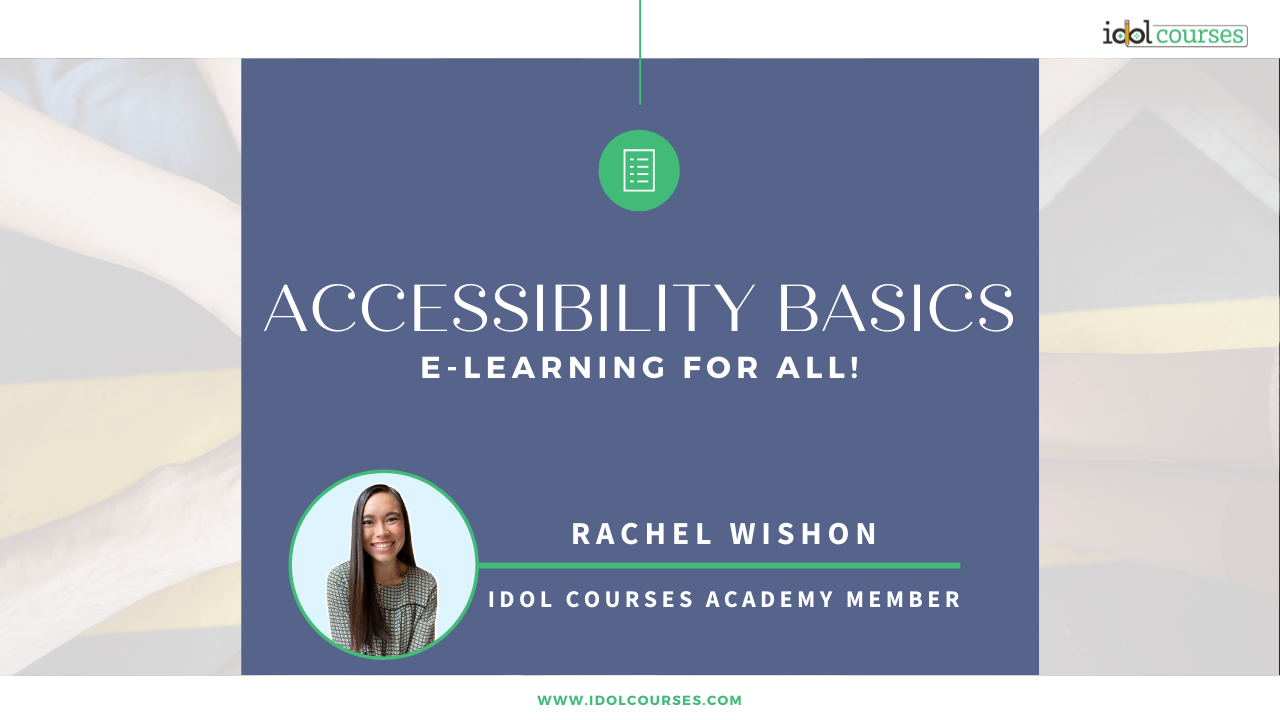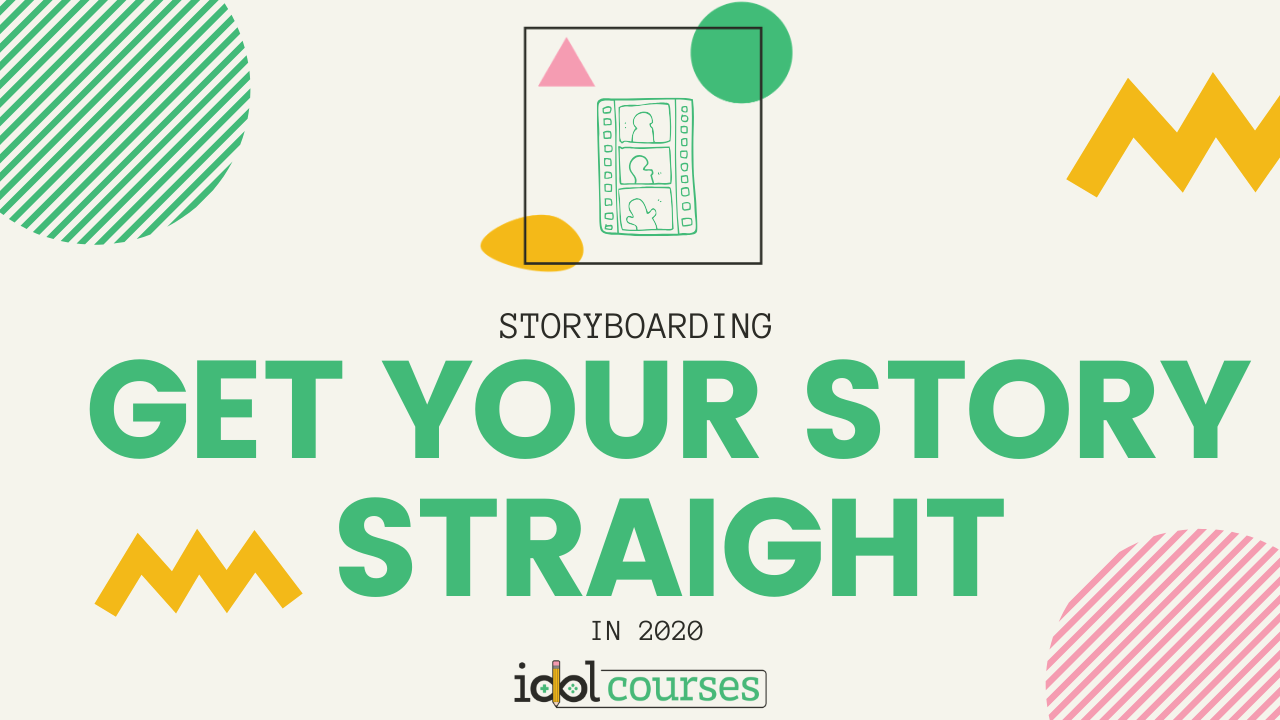
Elevate your instructional design expertise.
Stay ahead with industry news and discover valuable tips and tricks on the IDOL Blog.
Accessibility Basics E-Learning For All
Apr 04, 2022
Get Your Story Straight with Storyboarding
Feb 19, 2020
Interested in joining the IDOL community?
Join our newsletter below, where we keep you updated on our upcoming cohorts, events and news within the instructional design industry.




